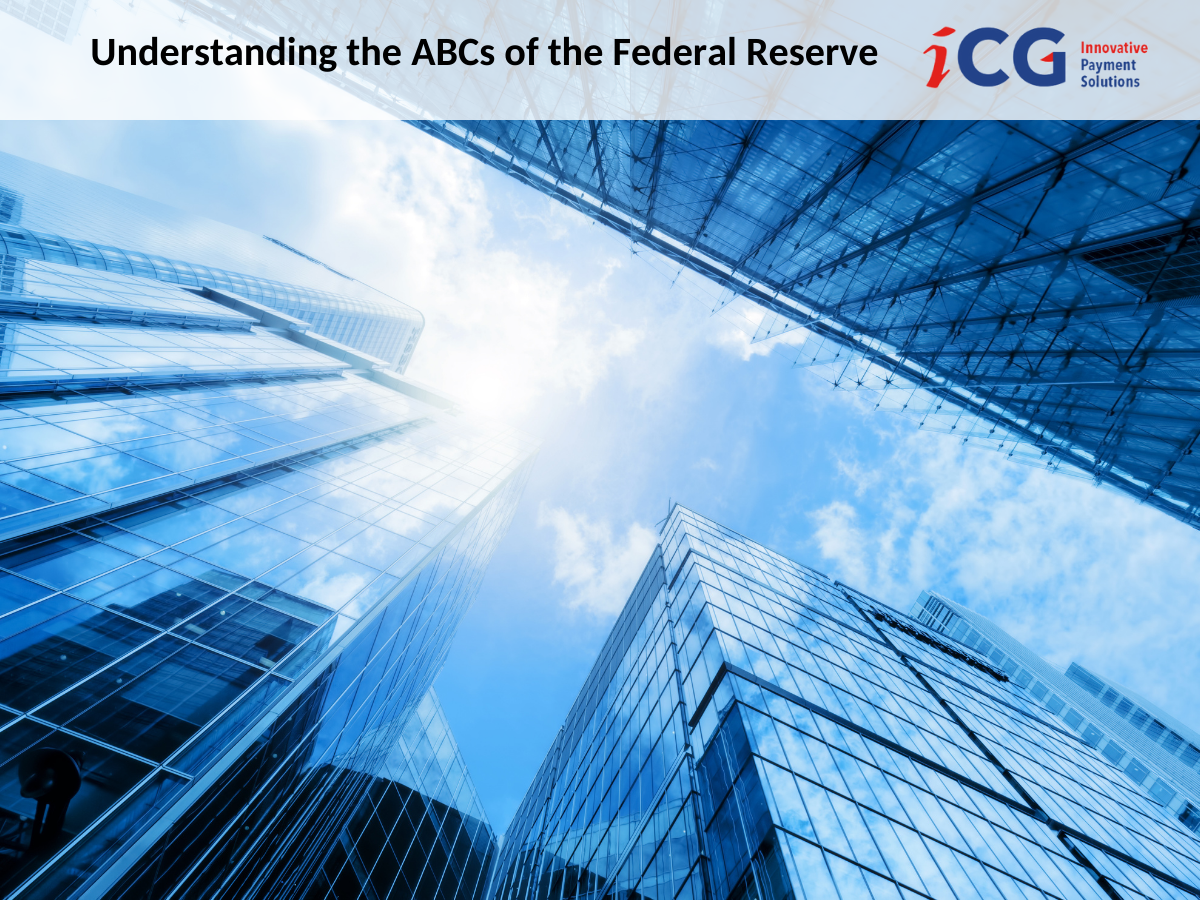The United States monetary system is arguably one of the most well-thought and planned financial systems globally. It is also designed to effectively scale and handle the economic woes to power one of the wealthiest and most powerful countries. The Federal Reserve Bank lies at the heart of this complex and mighty monetary system. As of May 2022, this bank is responsible for managing assets worth 8.95 trillion U.S. dollars. Understanding the role of the Fed and the basics of the U.S. financial system helps financial institutions do their jobs better.
In this blog, we discuss the role of the Federal Reserve Bank and the Bureau of Fiscal Service in helping the U.S. economy prosper.
What is the Federal Reserve?
The Federal Reserve, also known as the Federal Reserve Bank or simply the Fed, is the most powerful bank globally. It is the central bank and the monetary authority in the United States. It is safe to say that the Fed impacts the U.S. economy heavily by overseeing the national lending operations. The Central Federal Reserve is supported by 12 regional Federal Reserve Banks that handle the monetary policies across different geographic regions in the country.
What Does the Federal Reserve Do?
Maintain Financial Stability: The Fed controls the interest rates for various types of loans offered by financial institutions across the country. The Federal Reserve System also provides nationwide financial management services by controlling inflation, influencing interest rates, and setting rules for lending operations.
Establish National Monetary Policy: This central bank also sets a core national monetary policy to supervise and uphold consumers’ credit rights across the country.
Supervise and Regulate Banks: The Fed acts as the Lender of Last Resort (LoR) and offers loans to banks and other financial institutions in times of need. It also establishes a moral code and best practices for all financial institutions.
Offer Banking Services: The Fed also supports the national payment system and offers financial support to the U.S. government and other foreign official institutions in times of need.
In short, the seven members that serve on the Board of Governors of the Fed are heavily responsible for maintaining a healthy economy.
What is the Bureau of the Fiscal Service?
The Bureau of Fiscal Service is a vital component of the U.S. Department of the Treasury. It can be seen as the operational component of the federal government for its financial processes. This organization offers accounting, financing, payments, collections, and shared services to the government. With the increasing digitization of the economy, offering the right kind of technical IT support through the shared services model is one of the primary responsibilities of this department.
What Does the Fiscal Service Do?
Collecting: The Fiscal Service acts as a service provider for the consumers to digitize their payment operations. It offers modern technology that helps consumers pay federal taxes, charges, and fees online.
Disbursing: The Bureau of the Fiscal Service is responsible for the electronic automation of the full cycle of money movement from payment initiation through approvals to reconciliation. It securely disbursed 1.7 billion payments worth $6.4 trillion, 100% on time in 2021 alone. 96.2% of these payments (excluding Economic Impact Payments (EIP)) were disbursed electronically.
Financing: It offers treasury securities to investors with tech to meet the financial needs of the U.S. government.
Reporting: With federal annual reporting through technology, the Fiscal Service keeps the average American consumer informed.
Servicing: It offers shared services to various government verticals to standardize processes and reduce risk while moving money. It also provides technology to reconcile and process transactions in real-time automatically.
Financial Innovation and Transformation: The organization also produces and maintains the Digital End-to-End Efficiency (DEEE) Playbook to help government agencies identify opportunities and pain points.
You can study the latest statistics on the Bureau of the Fiscal Service operations on their official website.
Final Thoughts
The modern Treasury Department aims to issue 99% of federal payments electronically by 2030. It needs banks and other financial institutions to step up their digitization processes and make consumers’ lives easier. Large financial institutions are already undergoing a massive digital transformation process to offer innovative payment solutions to their customers. However, the smaller institutions are not giving up either. These banks and credit unions are actively partnering with third-party fintech and payment solution providers to leverage the latest tech in the industry.
With the open banking models, more and more financial institutions are partnering with reliable tech companies to offer high-tech payment solutions, customized reporting, real-time banking, and more. Learn more about the most trending payment solutions in the industry in our product catalog.
Date originally published: May 25, 2022

